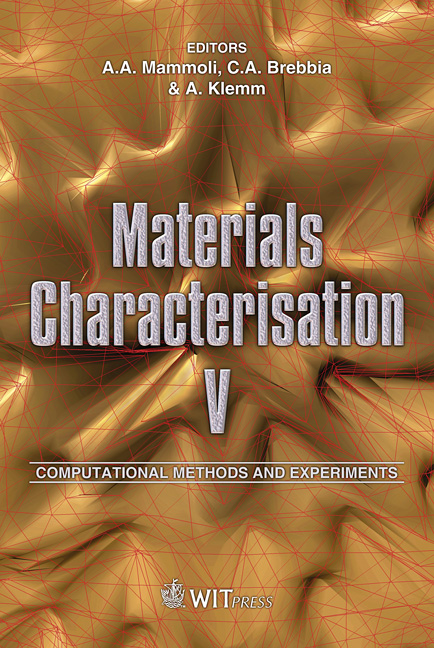Nanocarbon Composite Materials With Optical Response On Radioactive Waste
Price
Free (open access)
Transaction
Volume
72
Pages
8
Page Range
67 - 74
Published
2011
Size
702 kb
Paper DOI
10.2495/MC110061
Copyright
WIT Press
Author(s)
M. Vantsyan, G. Popova, E. Karpuzova, M. Bobrov, O. Plaksin & E. Dabek
Abstract
Nanocarbon materials have numerous unique features – high porosity, large specific surface area, chemical inertness, radiation stability, etc. We applied nanocarbon/nanodiamond and silicon carbidecomposites as matrix for optical chemochips construction. Composite elements consist of porous nanocarbon substrate with specific chromophores introduced to nanosize pores and siliconorganic coating. Similar multicomponent composition has a response to radiation, in particular, -irradiation. By using diarylethenes as sensitive chromophores, their electronic and/or luminescent spectra data may be applied for doze power detection. Quantum chemistry methods, computer simulation were considered for optimal design of nanocarbon/organic chromophore hybrid. Experimental data and modeling have shown that diarylethenes are able to change color under -irradiation in molecular crystal phase only. Weak interactions (inter-, intramolecular and binding with hydrogen-containing walls in pores) play key role under irradiation. Induced self-organization in limited volume is considered. SWAXS and AFM data are discussed. Nanodiamond composition possesses luminescent response to -, - and -irradiation. Siliconorganic polymer and SiC composition are neutral to irradiation, they are stable in extreme conditions. Application of composite elements with optical sensing as multifunctional chemochip fragment for atmospheric media monitoring is discussed. Keywords: nanocarbon, nanodiamond, silicon, composite, chemochip, chromophore, radiation, computer simulation, optical response, nuclear waste.
Keywords
nanocarbon, nanodiamond, silicon, composite, chemochip, chromophore, radiation, computer simulation, optical response, nuclear waste





